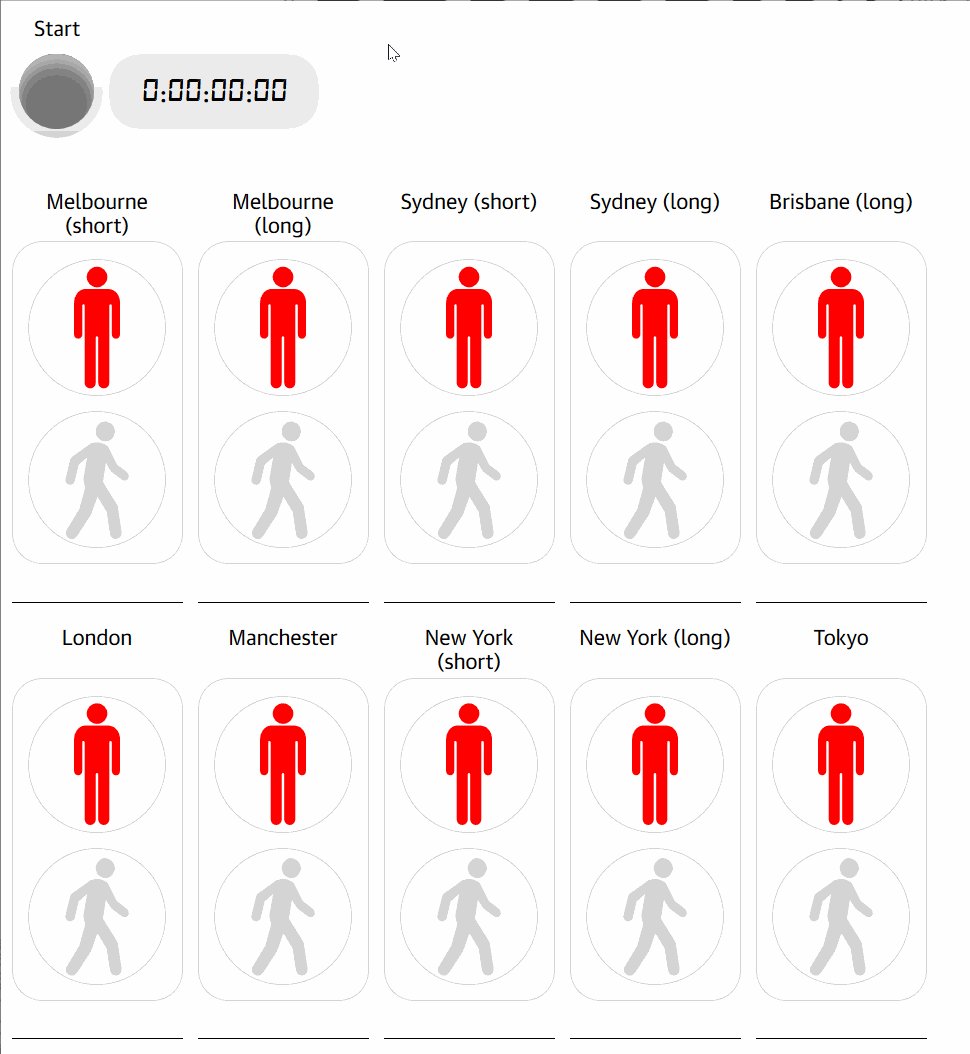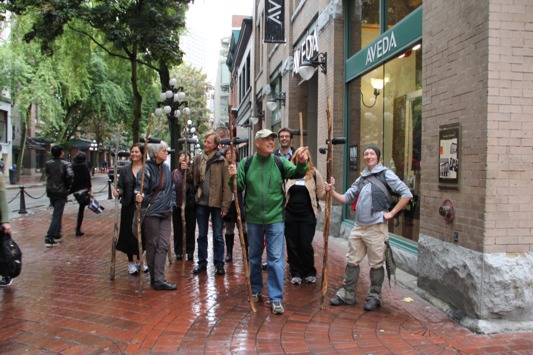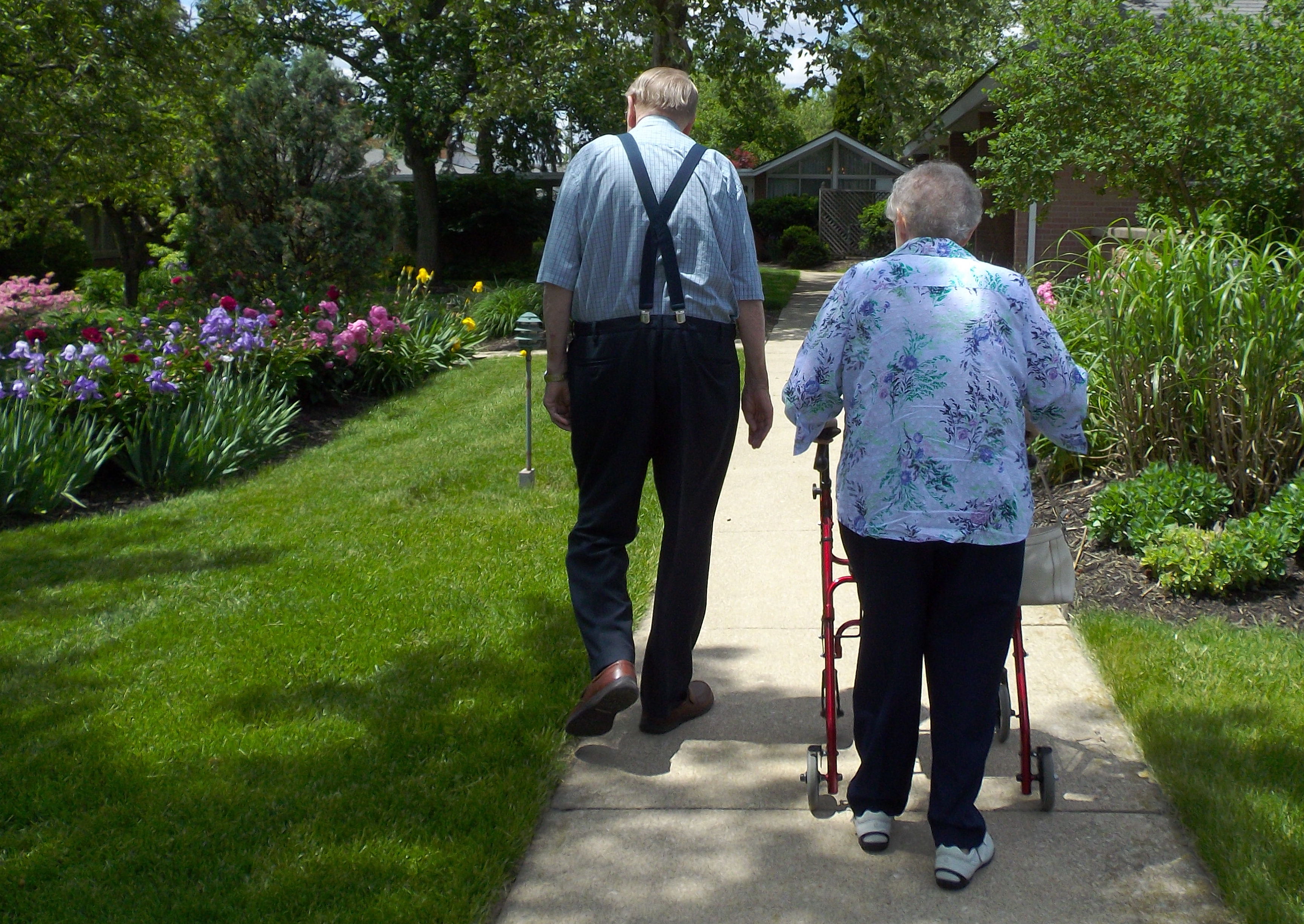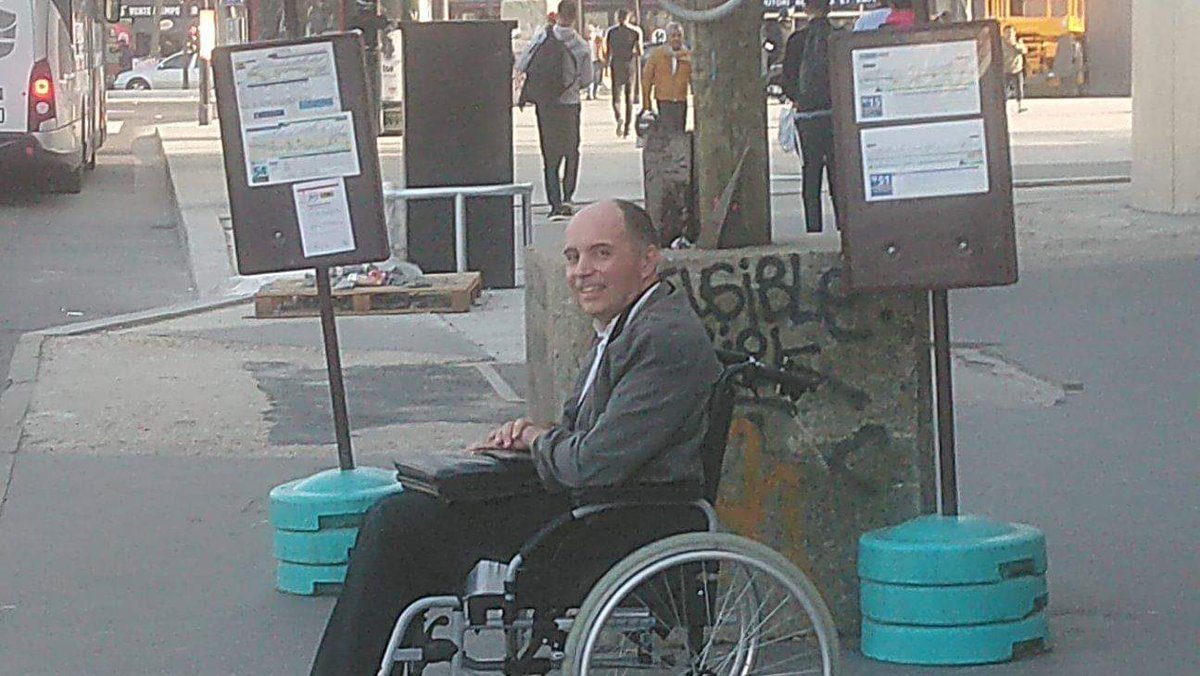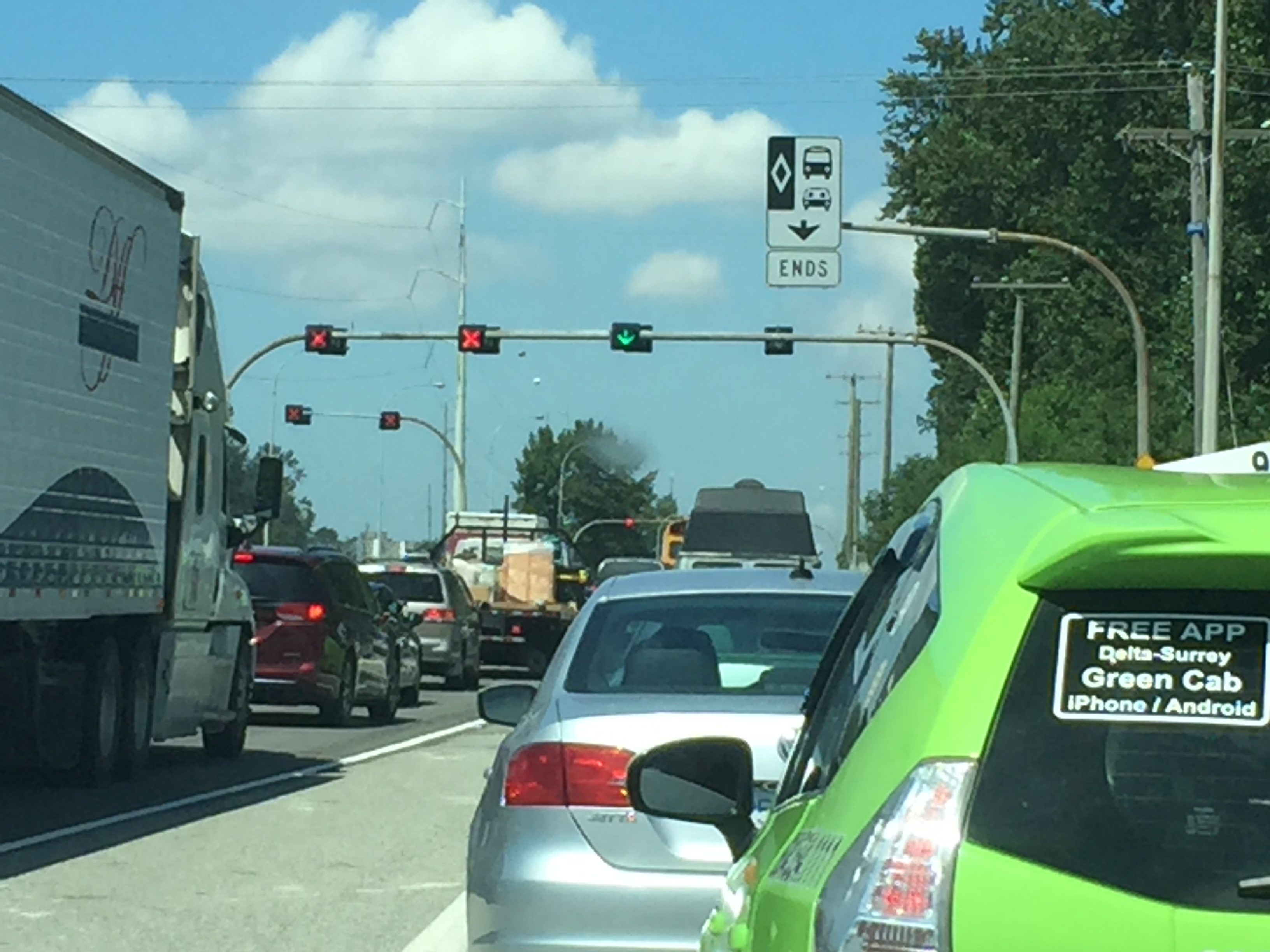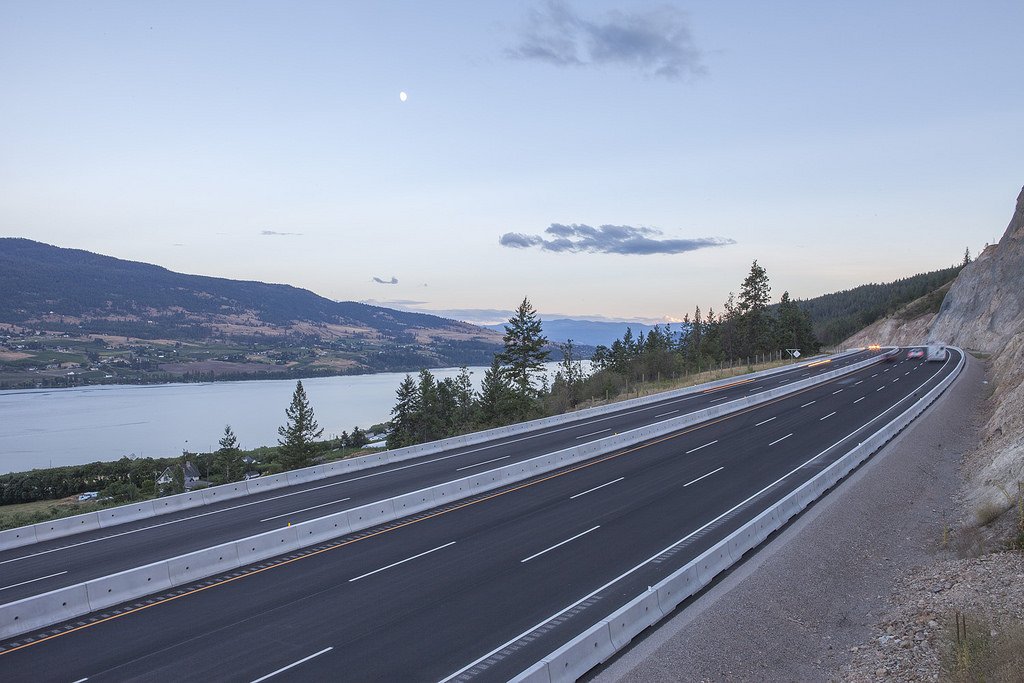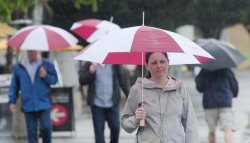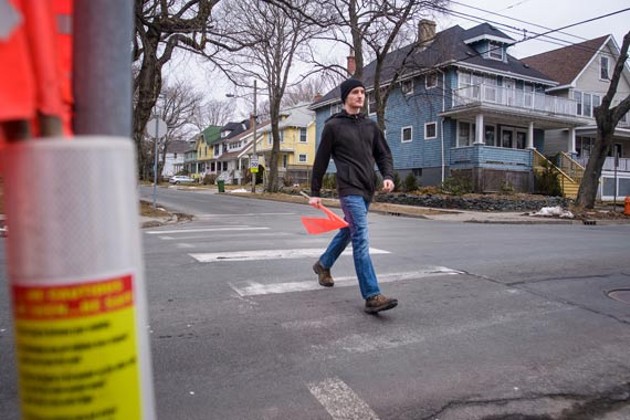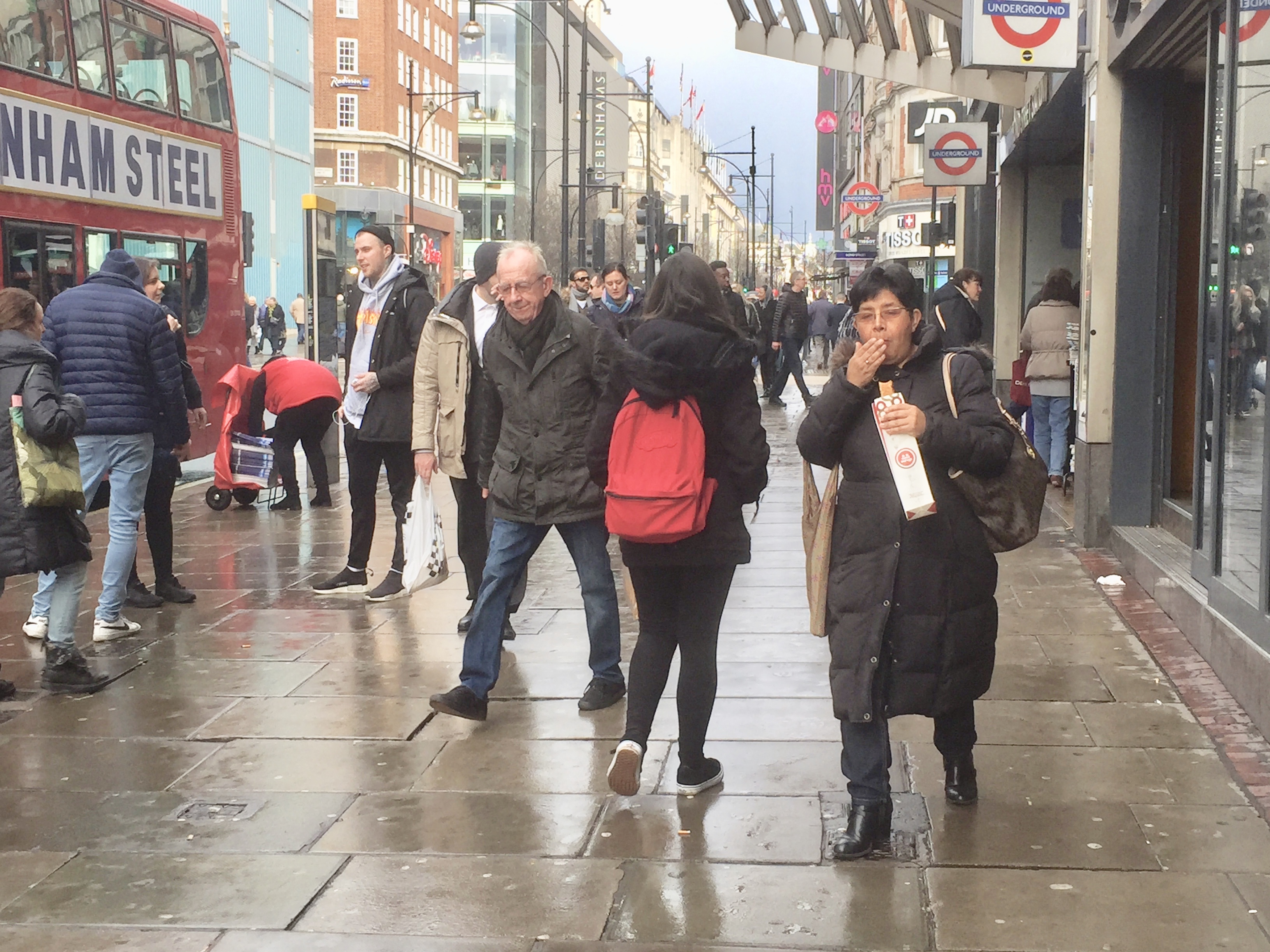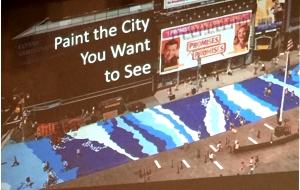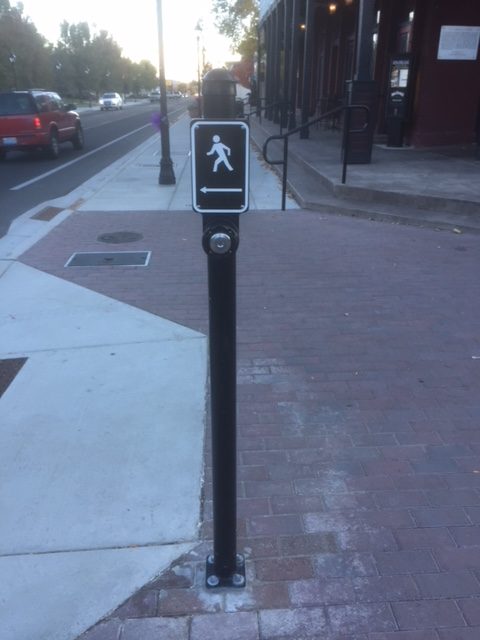
Walk Metro Vacouver has been pondering why this city does not have public washrooms associated with public transit, biking and walking routes. There is a need for washrooms that are universally accessible, and some writers have described this need as a basic human right.
Even the Downtown Vancouver Business Association published a map of public toilets saying “There’s no doubt that access to clean and safe washrooms is necessary, and especially so in an area frequented by tourists and locals. While the City of Vancouver requires all city buildings to have accessible washrooms, there is no similar rule for public toilets on streets and in or near new plazas. Visiting a bathroom in a coffee shop or other business isn’t an option for many people on limited incomes, when many businesses restrict their washrooms to customers who have made a purchase.”
An article by Ken MacQueen in the Vancouver Sun 18 years ago noted that in 1896 Vancouver began installing public toilets, but at the start most of these facilities were for men~they were urinals. By the 1920’s women also had the use of underground toilets that were installed at busy intersections including the south side of the Granville Bridge, Kingsway and Broadway, and the only underground facilities still remaining, outside Carnegie Community centre at Hastings and Main.
These used to be pristine, run rather like clockwork by a couple who took pride in making sure the facilities were clean and safe and useable. But something is amiss at the last underground public washrooms~School Board Trustee and former Park Commissioner Christopher Richardson posted publicly on Facebook that “The Downtown Eastside~to some home, to some ‘their neighbourhood’, to some ‘the Heart of the City’ has had a change in the maintenance of the underground washrooms. Where before Christopher would refer tourists and family there, he has lately found the washrooms unkempt, and in one visit saw that several of the toilets were out of service.
But what has happened? Judy Graves a well-respected former City of Vancouver staff person observed that these washrooms used to be pristine and were very well-managed by City of Vancouver Engineering Department. The City does have policy encouraging the use of public toilets in the downtown eastside, and was addressing the need for safe, clean washrooms at night.
Other locals have worked vociferously to advocate for public washrooms accessible to all residents. What can be done to ensure that everyone has access to these existing washroom facilities? And what can be done to ensure that existing facilities are well maintained and safe for all members of the public?
Here is a Youtube Video published by the Vancouver Sun on some of the issues with public washrooms in Vancouver and other cities.

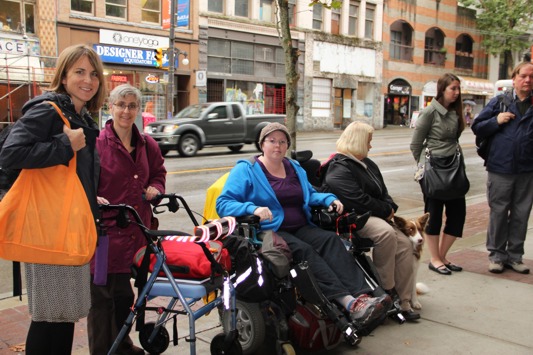

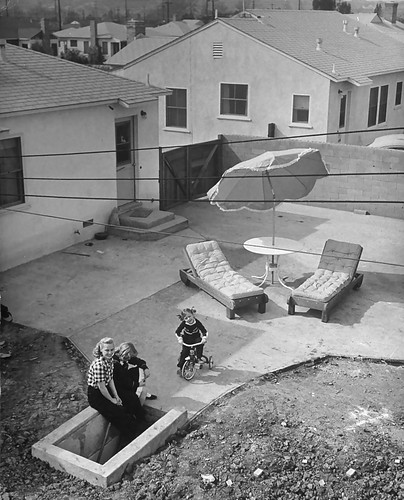

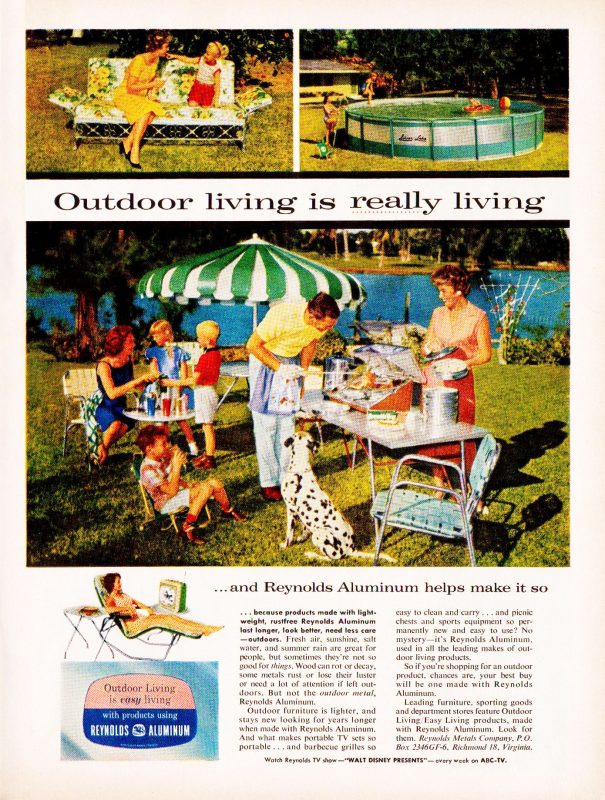
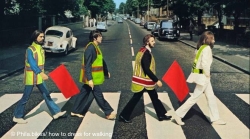
 Image Sandy James
Image Sandy James